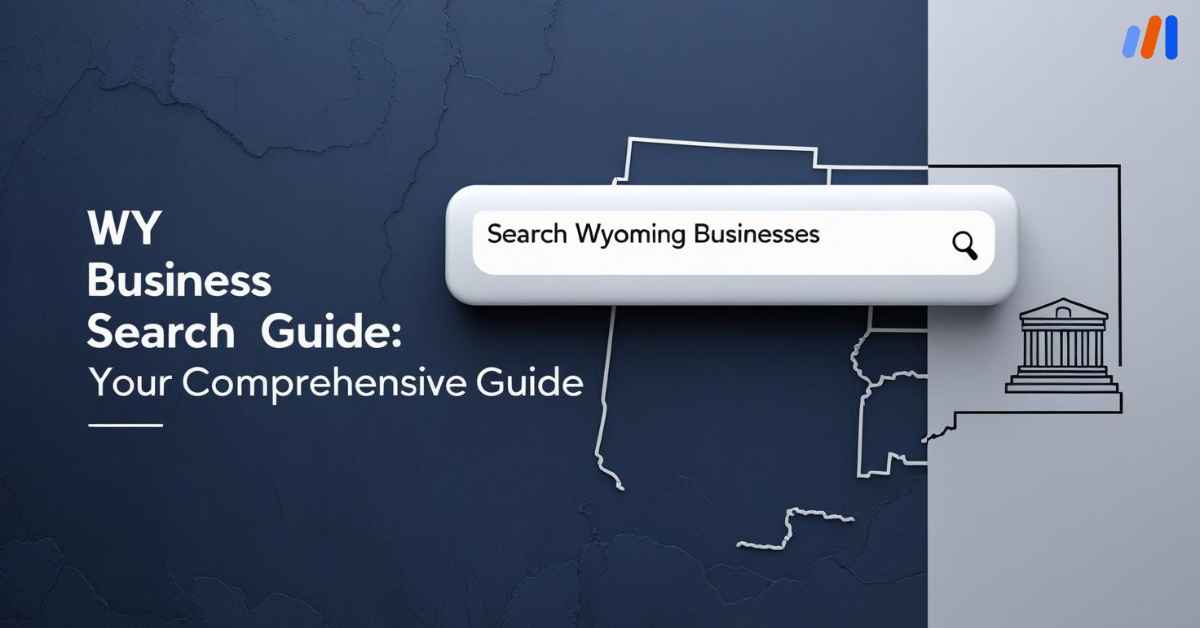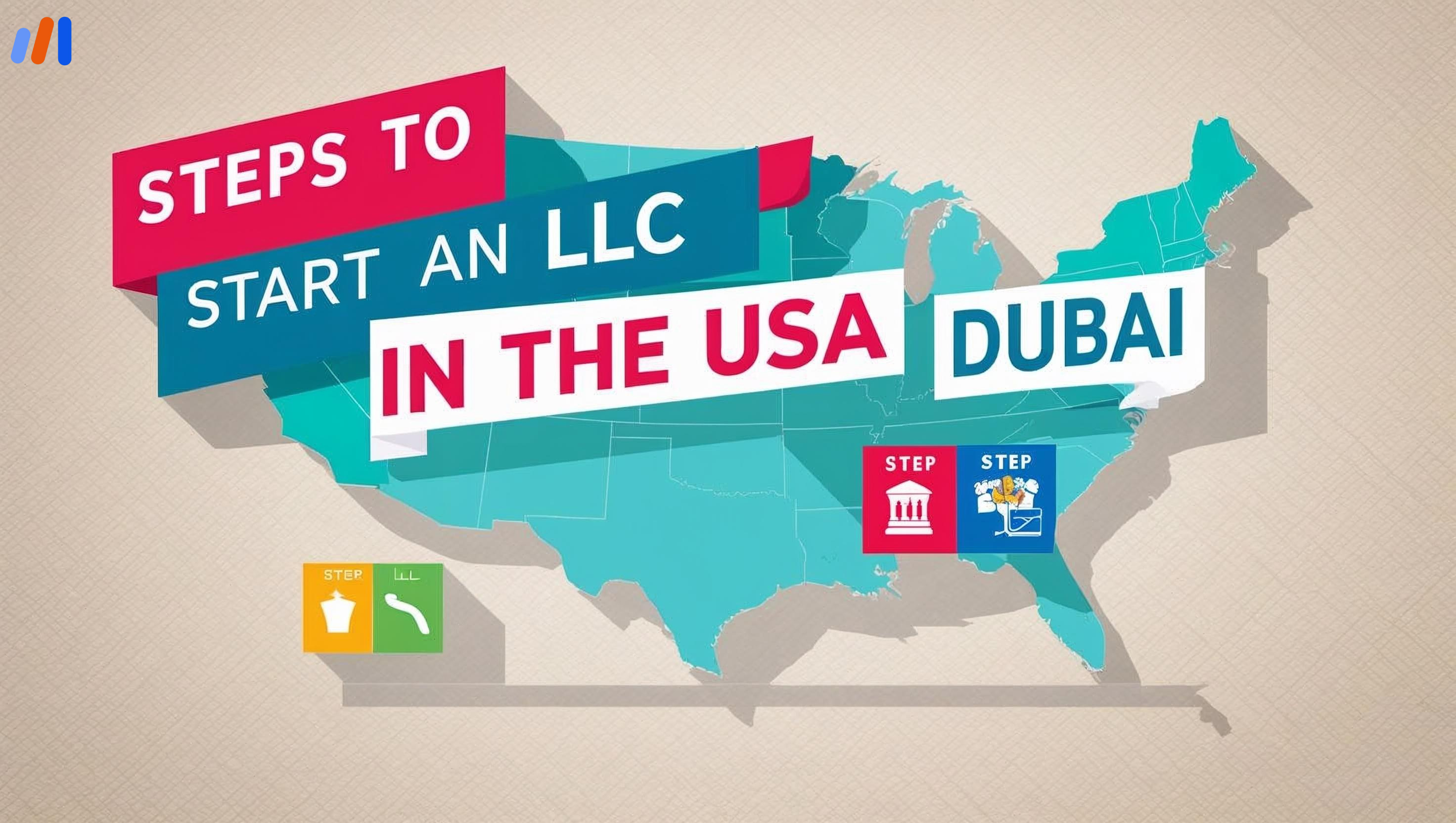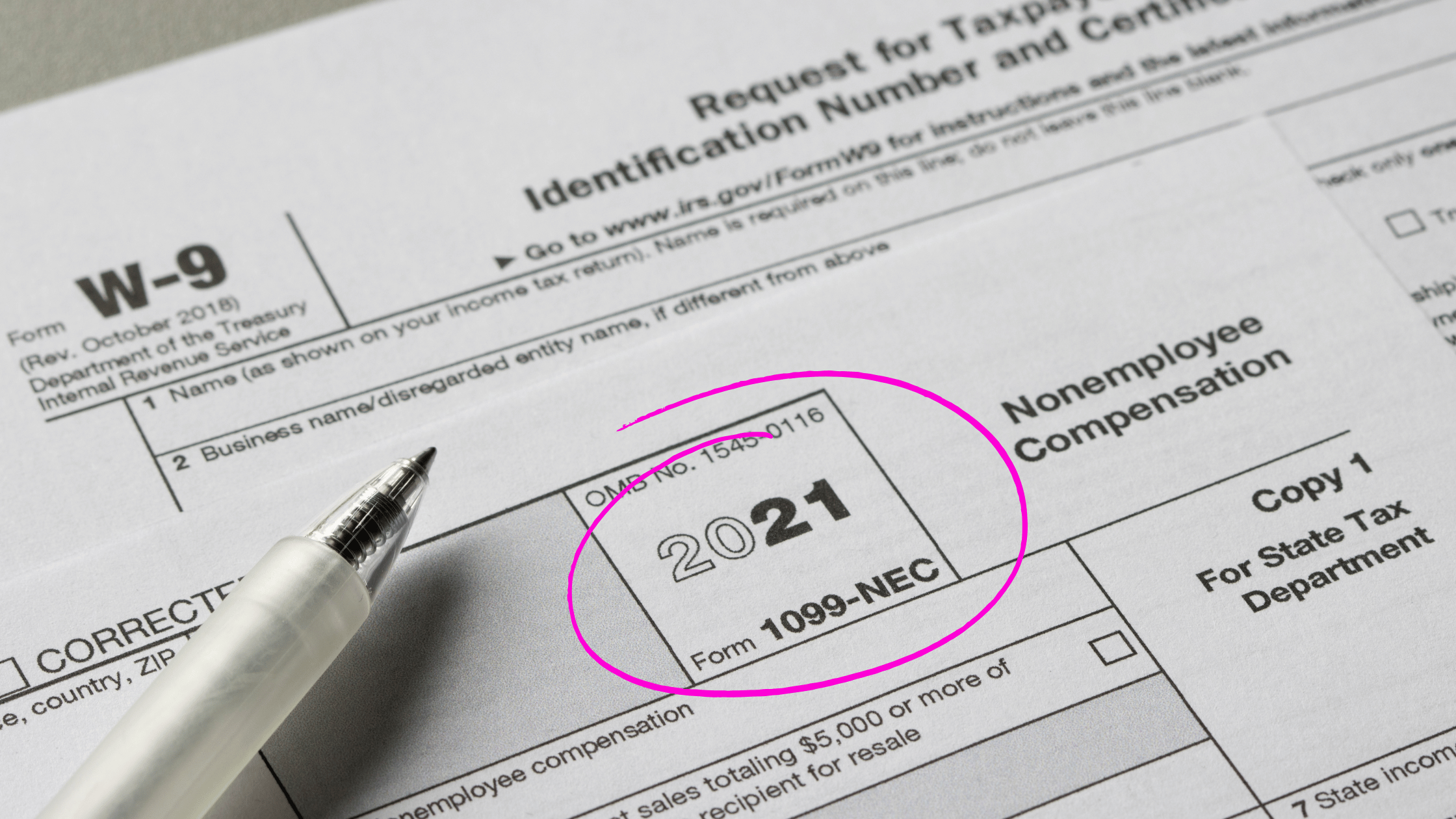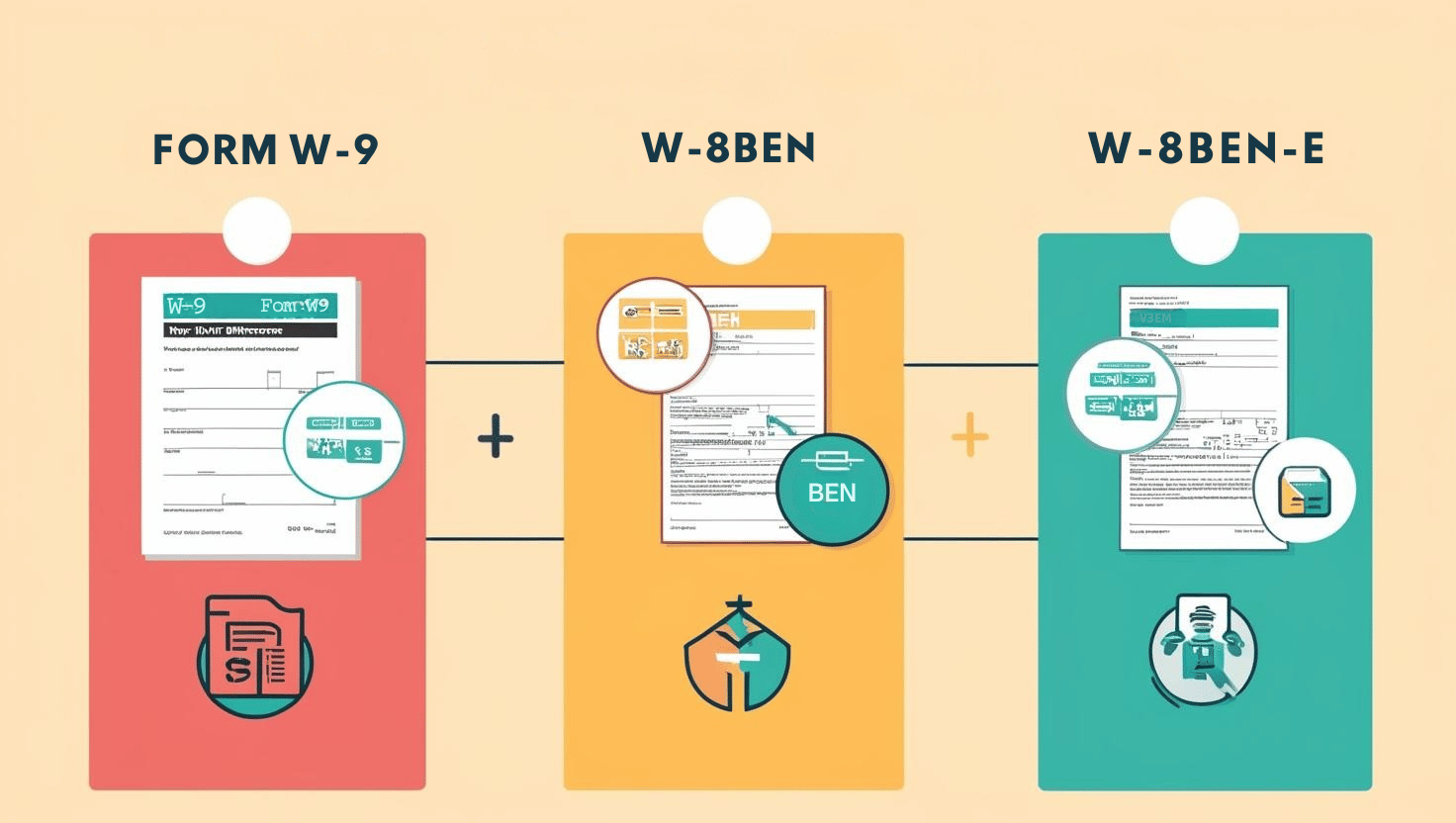The first form every partnership must fill out for the IRS is Form 1065 — the U.S. Return of Partnership Income. Every multi-member LLC in the United States must fill out this form every year, even if the business earned no income.
Why is this the case? This is how the IRS tracks the profits, losses, deductions, and credits that pass through the business to the members. If this form is not submitted, it could create costly delays in the other partnership tax filings.
What Is IRS Form 1065 and Who Needs to File It?
Partnerships and multi-member LLCs use Form 1065 to report income, expenses, and deductions to the IRS. For this form, no tax is calculated because LLCs are pass-through entities, meaning the LLC’s profit and loss will pass through the LLC to each member, who then reports it through Schedule K-1 in their personal returns.
Who has to submit the tax Form 1065:
Any multi-member LLC that is organized within the United States.
LLCs Owned by Foreigners
An LLC owned by foreigners that conducts business in the U.S. or earns U.S. revenue is required to file Form 1065. The LLC must file Form 1065 even if it is “dormant” and does not report any income or meet the required income threshold.
Each foreign member of an LLC must be provided a Schedule K-1 report that shows the income share allotted to them in the LLC. Form 1040-NR must be filed to report U.S. income taxable to non-resident aliens as a way to report income distributed for U.S. tax purposes.
The Importance of Form 1065
The IRS uses Form 1065 to identify the profits and losses of the LLC. Unclaimed income or deduction gets the attention of the IRS and may cause increased scrutiny. The unreported income or deduction will trigger an inquiry or audit of the tax returns of the LLC members. The LLC must file this on time and as accurately as possible to avoid unnecessary compliance issues that could cause revised returns for each LLC member.
Penalties and Deadlines for 2026
The deadlines for the 2026 tax season are assigned to 2024 activities. March 15 is a Sunday and will be celebrated on March 16, 2026.
- Original Deadline: March 16, 2026
- Extended Deadline: September 15, 2026 (via Form 7004)
Piling Late Penalties: For example, $235 per member (plus $235 each additional month) within the 12 months. An out-of-compliance LLC with three members that files two months late would face a penalty of $1,410 ($235 x 3 x 2).
Filing K-1 Forms Late: Every member needs their K-1 Form 1065 to file their 1040 or 1040-NR. If Form 1065 is late, everyone suffers from the processor backlog. The individual late filing penalties can roll in.
💡 Tip: The late filing penalty can be avoided if the partnership return is filed in January.
If you have not filed 2024, ensure the termination clause of your LLC operating agreement, EIN, and agreement are in good standing with the state (including IRS approval of your 501c3 status if applicable).
What You’ll Need Before You Start
- 2024 Financial Statements: Profit & Loss, cash flow, and balance sheet.
- Capital Contribution & Ownership Percentages: Data on member equity, payroll, and contractor payment records (including W-2s and 1099s).
- 2023 Form 1065 (if applicable): For historical comparison.
- Accounting Software: QuickBooks Online, Xero, or Wave exports.
To avoid filing delays or mistakes when you submit Form 1065, maintaining clean, reconciled books is essential.
Filing Form 1065 Online
Step 1: Gather & Validate Financial Information
Examine your LLC’s 2024 income and expenses. Check if bank accounts and credit cards are reconciled. Verify if member contributions and distributions align with your records.
Step 2: Download and Print the Latest IRS Forms
Go to irs.gov and download Form 1065 and Schedules K and K-1. To avoid rejection, use the most updated version.
Step 3: Complete the Income, Deductions, and Credits Sections
Input gross receipts, cost of goods sold, ordinary business expenses, and deductions such as rent, advertising, and professional fees. Your P&L statement will guide you.
Step 4: Complete Schedule K
Schedule K compiles the LLC’s total income, losses, and deductions. This information flows to each partner’s individual Schedule K-1.
Step 5: Prepare Schedule K-1 for Each Partner
Each K-1 specifies a partner’s ownership percentage, changes in capital account, and share of profits or losses. Foreign partners may need additional withholding documents (Form 8805).
Step 6: E-File Form 1065 Through the IRS e-File System
Using the e-File system allows for faster processing times and more secure data transfers, while providing an immediate notice of receipt. Alternatively, you can use EasyFiling’s IRS Tax Filing Service for professional, automated preparation and seamless K-1 distribution for partners.
Step 7: Distribute K-1s to Partners
Remember to give K-1s to all members by the company’s partner tax deadline in March, as they will use them for personal tax filings. Always keep copies of all K-1s.
To avoid mistakes or wasted time, rely on EasyFiling for all Form 1065 and K-1 preparation and submission to the IRS.
Understanding Schedule K and Schedule K-1
Schedule K is a summary of the company’s income and deductions for the tax period, while Schedule K-1 records the income and deductions each partner receives based on ownership percentages stated in the operating agreement.
Key Tips:
- Track capital account balances and activity for all partners regularly.
- Log all partner entries and exits as they occur.
- Confirm each K-1 aligns with totals from Schedule K.
- A foreign partner with U.S. withholding and tax Form 8805 will require Schedule K-1 for reporting tax withheld on the payment.
Mistakes that only an expert can rectify can easily be avoided through professional reviews. Performing balanced K and K-1 reconciliation schedules can ensure accurate recordkeeping.
Common Errors to Avoid in 2026 Tax Season
- Failing to File Even with Zero Income: Even inactive LLCs must file an information return.
- Incorrect EIN or Partner Information: Names, TINs, and addresses must be consistent.
- Missing K-1 Attachments: Each partner needs their own K-1 copy.
- Late Submission Without Form 7004 Extension: Fines accrued from late submission are unavoidable.
- Incorrect Foreign Ownership Reporting: LLCs with foreign owners must also file Form 5472.
⚠️ Keep in mind that the IRS stipulates the return filing assignment is made to the individual by law, and internal delegation does not override that requirement.
How to File Form 7004 to Extend Your Deadline
If your LLC does not meet the filing deadline of March 16, 2026, you may file for an automatic extension with Form 7004.
Who May File: LLCs or partnerships needing extra time to organize financial documents or await an accountant review.
When to File: On or before the original due date (March 16, 2026).
How Long It Extends: Six months — until September 15, 2026.
Important: This extension applies only to filing, not tax payments due on behalf of partners.
Need assistance? Click here to contact support.
Why Choose EasyFiling
Is filing taxes on behalf of a multi-member LLC becoming too complex because of foreign partners, multiple revenue streams, or late-year ownership changes? That’s exactly what we help with.
Why EasyFiling?
- Specialized LLC Tax Preparers: Tax returns for LLCs (Forms 1065 and K-1) handled with expert care.
- Electronic Filing: Ensures quick acceptance by the IRS.
- ITIN Support: We help foreign partners through our ITIN Application Service.
- Compliance Assurance: We help you avoid penalties by tracking all critical deadlines.
- Secure Cloud Storage: Your returns and K-1s are safely stored and accessible anytime.
- Full Support Ecosystem: From LLC Formation to Annual Compliance Filing, EasyFiling manages your business lifecycle.
File Your Form 1065 with EasyFiling Before March 16 →
FAQs About Form 1065 for Multi-Member LLCs (2026 Season)
Q1. Do I need to file Form 1065 if my LLC had no income?
Yes, the IRS requires multi-member LLCs to file Form 1065 even with zero income to confirm ongoing status.
Q2. Can a foreign-owned LLC file Form 1065?
Yes. Foreign partners in a U.S. LLC must receive a Schedule K-1 and may need to file Form 1040-NR or Form 8805, depending on withholding requirements.
Q3. What’s the difference between Form 1065 and Form 1120-S?
Form 1065 applies to partnerships and multi-member LLCs that have not elected corporate taxation. S corporations that made an approved election via Form 2553 use Form 1120-S.
Q4. How long does IRS processing take?
E-filed returns usually take about three weeks, while paper returns take eight to ten weeks. K-1 distributions should be kept on record for a minimum of four years.
Q5. Can EasyFiling file my extension electronically?
Absolutely. EasyFiling submits Form 7004 on your behalf and tracks IRS approval to ensure your LLC remains compliant through September 15, 2026.
File Your LLC Today
25$ off with a coupon
Lock in EasyFiling's transparent rates and get lifetime compliance support at no extra cost.
Get Started Now







